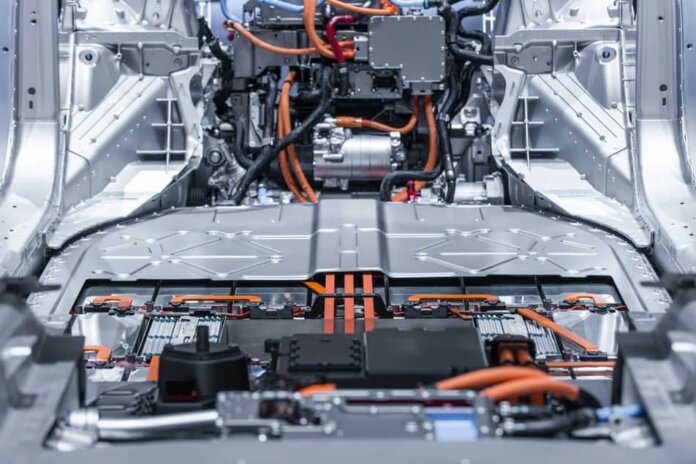Canadians drive the most polluting cars in the world due in part to a growing demand for SUVs and trucks. Over the past 20 years, domestic carbon pollution from transportation has increased by nearly 30%. However, with a deliberate approach for drivers and industry, zero-emission vehicles can both cut pollution and set Canada’s auto sector up to compete in the global economy, according to a recent report from Clean Energy Canada.
Last month, Canada’s federal government made its national pollution targets legally binding. But with transportation responsible for a quarter of these emissions, it will be hard to meet targets without addressing Canada’s automotive industry.. A comprehensive approach could be a win-win for the country’s economy and climate.
Over the past 20 years, the number of vehicles being manufactured locally has fallen by 37%. Once a global top-five auto manufacturer, Canada now doesn’t even crack the top 10. Transportation emissions are up and the auto manufacturing sector is down.
Already, most Canadians lean toward an electric car for their next vehicle purchase, but most car dealerships in the country don’t have a single electric vehicle (EV) available to test drive or purchase. While Fiat Chrysler and Ford Motor laid out plans to build EVs in Ontario, an analysis of 29 global automakers identified $300 billion flowing into EV development with not a single dollar destined for Canada.
Canada has the workforce and geographic strengths to be an EV leader but is lacking a roadmap to get there. An industrial strategy and a package of policies to drive long-term investment in and the adoption of zero-emission vehicles could reposition Canada in the global EV race, the new report concludes.
Key findings of Clean Energy Canada’s Taking the Wheel report:
- Canada is the 12th-largest vehicle producer in the world but significantly trails other countries on EVs
- Canada accounts for 2.2% of light-duty vehicles made globally but only 0.4% for EVs.
- Replacing gas vehicles with electric ones in B.C., Alberta and Ontario today would reduce emissions between 34% and 98% (factoring in both the pollution from driving a gas car and pollution from the electricity grid that charges the EV), and between 46% and 87% by 2050, according to the Sustainable Transportation Action Research Team at Simon Fraser University





